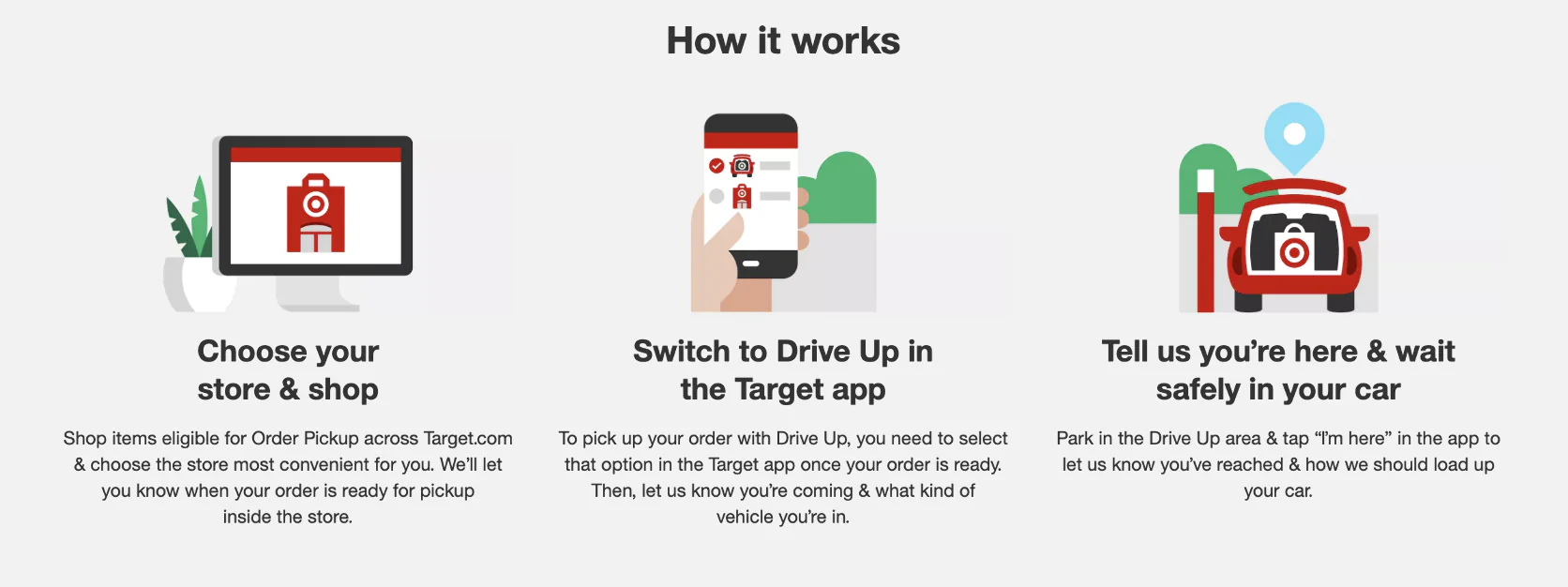Learn from Target's Product Leader how to avoid common mobile app mistakes: ignoring app-unique features, launching without acquisition strategy, and leading with discounts instead of utility.
May 5, 2025
3 Critical Mobile App Mistakes E-Commerce Brands Keep Making
Insights from a conversation with Kunal Banerjee, Sr. Dir of Product Management, Digital Experience at Target and former product leader at Walmart, Yum! and eBay
If you’re considering a mobile app strategy for your e-commerce brand, you’re already ahead of the curve. But building the app is just the starting line. To turn it into a real growth engine, it’s crucial to avoid these common (and costly) mistakes:
If you’re considering a mobile app strategy for your e-commerce brand, you’re already ahead of the curve. But building the app is just the starting line. To turn it into a real growth engine, it’s crucial to avoid these common (and costly) mistakes:
1. Ignoring What Makes Apps Truly Unique Deliver: Mobile apps are packed with functionality the web can’t offer: GPS integration, biometrics, camera access—these tools unlock an outstanding customer experience.
2. Launching without a clear acquisition plan: Smart retailers plan every touchpoint with specific conversion strategies to drive downloads.
3. Leading with discounts instead of utility: Promotions might get your app downloaded—but they won’t keep it installed. Successful apps deliver features powered by smartphone hardware to create experiences websites can’t match.
Bonus. Treating your app as a silo: Forward-thinking brands unify app behavior, in-store purchases, and website activity into a single profile. The result? Truly personalized journeys across every touchpoint.
Mistake #1: Skipping the “Should We Even Build an App?” Question
If you’re reading this, you’ve already avoided the most common mistake: not considering a mobile app at all. For today’s leading retailers, apps aren’t just another channel—they’re often the main driver of digital revenue.
The majority of digital sales at Target are app-driven.
The website is often just a new customer’s first point of contact, not even the first purchase. Once they see we’ve got what they need, they download the app to continue shopping.
Why? Because mobile apps offer something websites can’t: built-in access to the powerful features of smartphones.
Apps leverage hardware like GPS, biometric scanners, and cameras far more seamlessly than websites. That improves the customer experience.
For example, biometric security (like Face ID or fingerprints) adds frictionless protection, allowing fast access to account while significantly reducing account takeovers compared to password-based logins on desktop.
If you’re excited about creating an app, first consider this crucial factor. While apps offer amazing advantages, not every business needs one—it all comes down to purchase frequency.
If you’re selling higher frequency categories like grocery, food delivery, everyday essentials (e.g. toilet paper), baby food, baby care, health & beauty—apps are much more widely used than websites.
But if you’re selling lower frequency categories like furniture, appliances, electronics, automotive, most customers won’t have your app. Unless you are a strong brand with a high-performing platform, the purchase frequency just doesn’t justify it.
In other words, apps work best for categories where people shop often. That’s when the convenience, speed and richer experience of an app become truly valuable to them.
Mistake #2: Launching Without a Real App Acquisition Strategy
Getting customers to download your app takes more than a banner and a welcome discount—it requires thoughtful, sustained strategy across all your channels.
To get people to download your app, ads aren’t enough. You need to create meaningful messaging across every customer touchpoint. When someone visits your website, they should immediately understand what extra value they’ll get from your app beyond just a slightly better browsing experience.
Too often, brands underestimate what it takes for an app to become a meaningful part of the business. Without clear planning and investment, app adoption stays flat.
Before launch, the team should be able to answer questions like: ‘How will you promote the app across every customer touchpoint? What app-only features or experiences make it essential, not just nice to have? How will you measure success beyond download count? ’
Mistake #3: Offering Discounts Instead of Utilities
Promos might get the app installed—but they won’t build loyalty. Too many retail apps lean on discounts instead of solving real customer problems.
I don’t have to do 10% off. I just need to explain how the app makes shopping easier.
The most compelling reason for customers to use an app isn’t saving a few dollars once—it’s saving time, simplifying tasks, and having a noticeably better shopping experience.
Target’s Drive Up service is a perfect example. The app makes it seamless for customers to get their orders delivered to their cars—no calls, no waiting.
The Drive Up process is remarkably simple. Customers tap once in the app when leaving home and again upon arrival at the store. The app uses GPS to track their location and biometric security to verify their identity. By the time they park, our team already has their order prepared. We deliver directly to their vehicle—customers never even need to unbuckle their seatbelts.
It’s something a website can’t easily replicate. The app makes it simple, smooth, and secure.

Target’s Drive Up service is a perfect example of how mobile apps simplify the customer journey
Apps that provide that kind of everyday value don’t need coupons to stay installed. They earn their spot on the home screen by making repeat purchases faster and easier—every single time.
Bonus Mistake: Treating the App as a Standalone Channel
If your brand sells across web, mobile, and physical stores, here’s a pro tip: the most successful retailers aren’t treating their app as a separate channel—they’re using it to connect all customer experiences.
We do a lot of online and offline data mining and analysis. 'A customer visits a Target store and makes a purchase. Later, they are browsing something entirely different in the app.' That gives us more context about who they are and what they need, which makes our personalization much more effective.
This unified view makes personalized messaging more accurate, relevant, and timely. It reflects how people actually shop across multiple channels.
Let’s say someone buys beauty products in-store but only browses furniture online. This insight is incredibly valuable.
When they're shopping in-store with a focused mindset, we can present targeted beauty promotions. However, when the same customer is browsing online—likely in a more relaxed exploratory mode—we can showcase both beauty products and furniture options.
This creates two distinct, personalized experiences for the same customer, tailored to both their overall preferences and their current shopping context.
When brands don’t connect these dots, they lose critical context—and miss opportunities to deliver relevance at scale.
In contrast, brands that unify data across all touchpoints turn their app into more than a sales channel—it becomes the key to a truly connected experience.
Struggling with mobile app retention? Maestra’s marketing automation platform helps e-commerce brands create personalized customer journeys that drive long-term engagement, not just initial downloads. Book a demo today to see how our platform can transform your approach to mobile app marketing and deliver measurable ROI across all customer touchpoints.

